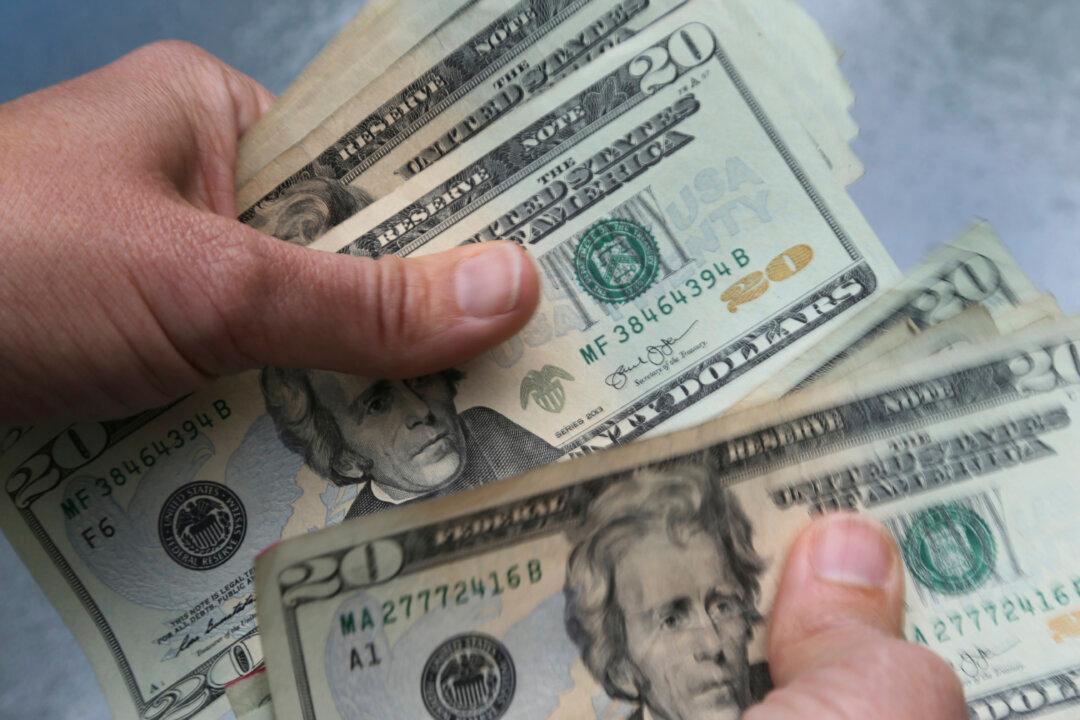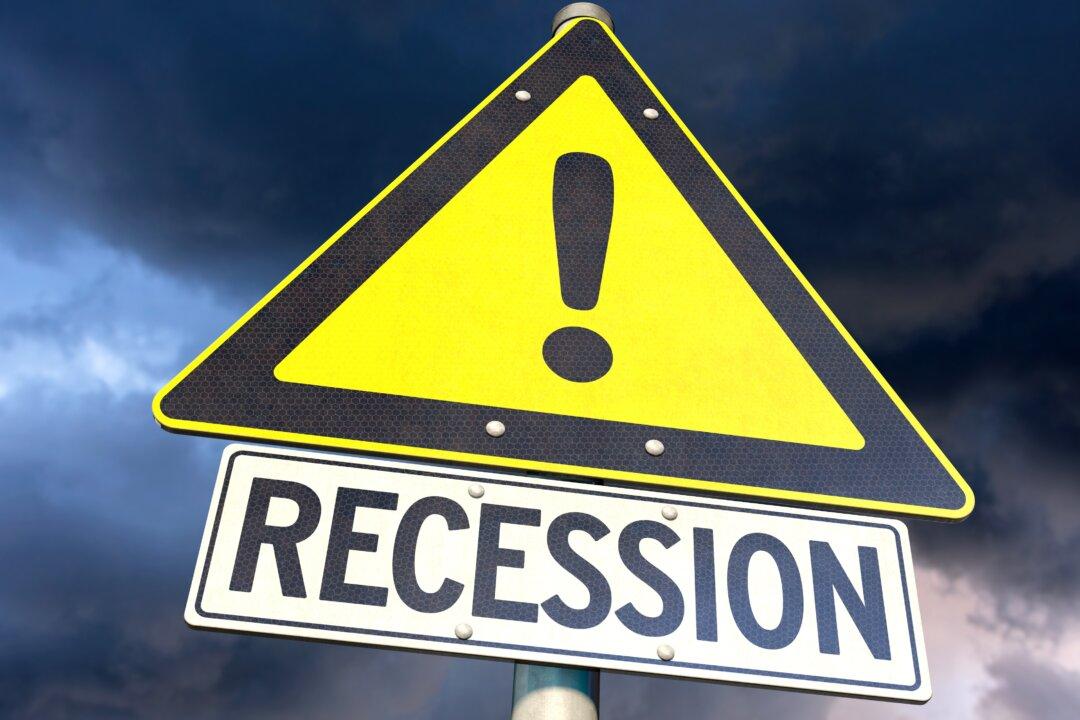Commentary
We have all been taught to associate low money rates with stimulus, and especially high money rates with trouble. And that can be true under certain circumstances. This theoretical world of easy interpretation doesn’t exist outside of the media or central bank econometric models.





